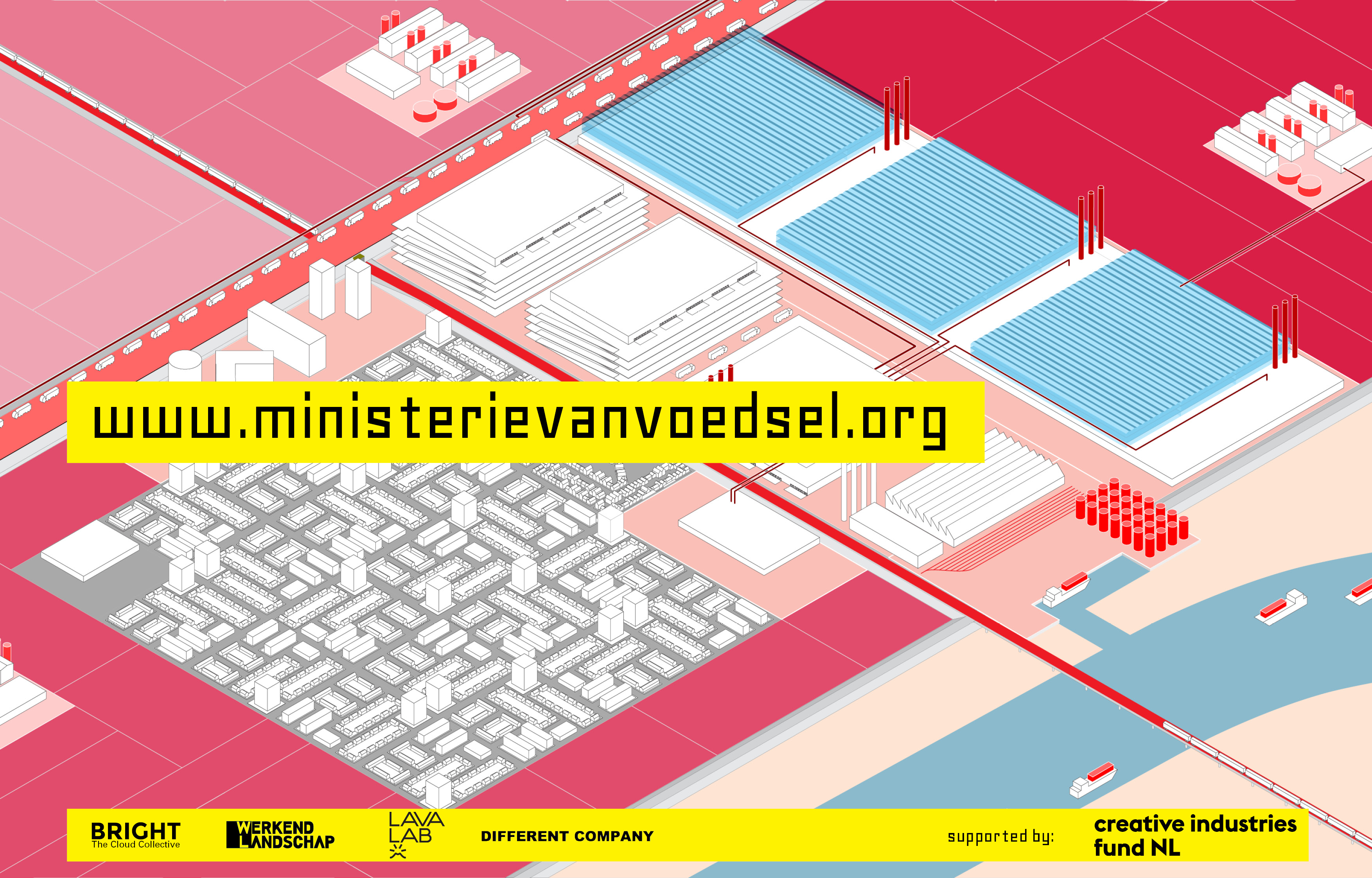Memories of the future
“An imaginative leap into the future”, that’s the description that Peter Schwartz gives for a scenario. It’s a powerful and conceivable picture of the future. Not a prediction from a crystal ball, but an exploratory story enriching the current state of affairs and inevitable trends with a development of factors that are still uncertain for now.
Schwartz gained his experience with Shell’s Scenarios Team. In the 1970s, under the supervision of Pierre Wack, this team developed alternative visions of the future to help business managers weigh up decisions in a broader context than simply business-as-usual. Long-term investments by oil companies forced them to consider a world that could be very different from today’s. Simple extrapolation or continuation of the current course of action offers little guidance.
The American military think tank, RAND Corporation, has previously used scenario thinking for many much more extreme examples. Herman Kahn conceived unthinkable events that could have taken place in the Cold War, for example.1 Unthinkable in the sense of being unimaginable: acts of nuclear warfare. He used game theory to investigate how the power blocks would respond to certain hypothetical actions by adversaries. It was by analysing the most extreme scenarios objectively that he was able to provide balance to the fatalistic Mutual Assured Destruction (MAD), which had actually prevailed as business-as-usual until then.
Fortunately, the impasse in thinking about our food system is less catastrophic than in those days. Yet, we still feel that things are changing and we are no longer in control. The trends – called driving forces in scenario thinking – indicate various developments, sometimes contradicting each other. A growing and richer world population needs more food and thus larger-scale production. The fertile Netherlands already produces food for worldwide exports. But consumers also demand locally grown products. In an abstract sense, this is the discussion between global free trade and local protectionism. We’re more conscious about our food choices and want a home-made or ‘real’ meal. At the same time, we’re also looking for advanced – almost pharmaceutical – foodstuffs to give our health a helping hand. Producers are searching too: do they make their existing working methods smarter and more efficient to offer better quality and more volume at a lower price? Or do they believe in a market for particular products, which requires an investment in measures and resources up-front that will hopefully generate more revenue in the long run?
People who pursue their interest in food and the food system can easily get lost. Facts and opinions commingle and it’s not always clear what is ‘right’. These complexities make it difficult to estimate the consequences of our choices and actions. Sometimes it even feels like we don’t have any choice at all, or that our decisions don’t make much difference.
It’s exactly in these types of situations that scenario thinking works best. Dealing with complexity and uncertainty is at the heart of this method. Peter Schwartz quotes the Swedish neurobiologist, David Ingvar, who calls these scenarios ‘memories of the future’.2 The method developed by Shell was never intended to come to a single comprehensive scenario. Instead, they speak of explorative scenarios and decision scenarios. It’s the breadth of various conceivable, open scenarios that explore possible choices. These scenarios help us to prepare for several possible futures.3 And the exercise of creating these narratives allows us to build a memory, as if we’ve already experienced all actions and consequences. So if/when these events actually occur, they don’t come as a surprise. We already know which actions will lead to a desired result.
This approach provides operational perspectives in situations which appear hopelessly uncertain. One method for developing scenarios uses two of the critical uncertainties – ‘pivotal elements that will act unpredictably, and thus might influence your future’4 – to create a set of axes. The key uncertainties – uncertain developments that influence the story – are on these axes. For the development of scenarios for the futures of the food industry and its landscapes, we’re therefore looking for the two main uncertainties.
First of all, the global market is experiencing a transition. Major trading blocks are changing their attitudes towards free trade and protectionism. Global trade is growing in general, but the centers of gravity are shifting for both demand and supply. The Netherlands’ role as a producer for the global market and as a hub in worldwide food logistics is a clear product of developments over the past decades. Transitions will inevitably affect this situation. Possible futures therefore need to take into account either an upscaling, with greater volume of trade and more production in the Netherland. Or smaller-scale production to provide for a self-sufficient country, which means losing lots of throughput and the possibility of satisfying our demand outside the national borders.
The second key uncertainty looks at the attitude of the consumer. Do they accept new technologies in our food production and processing? Or does the demand for ‘authentic’ food become even greater? For the time being, demand is growing steadily for both. The Dutch Weed Burger even unites both directions in a single product: at music festivals, this novelty food – made from roasted soya beans, seaweed and algae – is grilled by artisan chefs. But these developments are still vulnerable to damage to reputation, and food safety incidents can result in a huge, sudden changes.
The project Ministery of Food shows the spatial implications of this scenario-based approach.
1. Kahn, Herman, 2007. On Thermonuclear War. Transaction Publishers
2. Schwartz, Peter, 1991. The art of the long view. Crown Business, New York
3. Wilkinson, Angela, Kupers, Roland, 2013. Living in the Futures. Harvard Business Review
4. Schwartz, Peter, 1991. The art of the long view. Crown Business, New York
 Ministery of Food
Ministery of Food